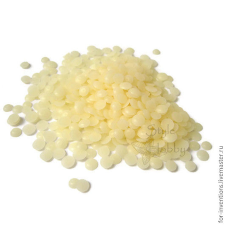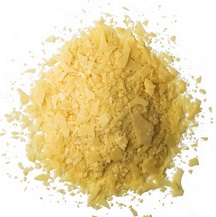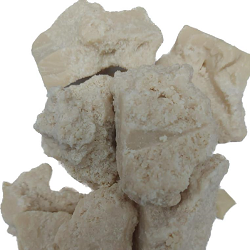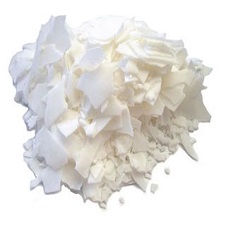Description
Rice Bran Wax’s history.
Brown rice and its derivatives have a long history of human consumption, with rich cultivation documented back to prehistoric times, starting from Asia and eventually spreading across Europe.
Once harvested, the rice is hulled and the resulting brown rice can be further processed to generate derivatives such as rice bran oil, rice bran extract, and hydrolyzed rice protein.
Rice bran wax comes from the bran, which is the part between the husk and endosperm of rice and is byproduct of bran oil.
Rice Bran wax has been approved for use in various food applications in the US, it is permitted as a direct human food additive when used in candy(maximum 50 ppm as a coating).
Rice bran wax is eligible for use as active ingredients or excipients in listed medicines in Australia, with no restrictions(Australian Government 2007.
Rice bran wax v.s. Carnauba wax
The monoester fraction in carnauba wax can be considered to be nearly structurally identical to the monoester fraction of rice bran wax; i.e., the monoester fraction in carnuaba wax is within a range of 54-94% of total constituents compared to up to 87-98% in rice bran wax. Therefore, published toxicity studies conducted on carnauba wax were deemed suitable for inclusion in the safety assessment of rice bran wax.
Carnauba wax is considered to be the most chemically similar to rice bran wax.This similarity is based on the presence of specific monoesters, which comprise the majority(87-98%) of rice bran wax. The relative percent of each monoester in these waxes demonstrates that the majority of the rice bran wax components are these monoesters and, as such, can be accounted for. The remaining ~2%of the rice bran wax products is made up of long chain catty alcohols,long chain fatty acids, triglycerides,or rice bran oil. While the monoesters also comprise a major fraction of the carnauba wax samples, a large percentage is also made up of fatty alcohols(19-33%). In addition, carnauba wax has been shown to contain some fatty acids and ecompelex esters that can only be analyzed with additional methods, e.g., via UV analysis; these can include resin and cinnamates(EFSA,2007; Warth,1956).
| Melting Point | 77.0~85.0℃ |
| Acid Value | 1.0 -12.0 mg KOH/g |
| Saponification Value | 76-110 mg KOH/g |
| INCI Name | Oryza Sativa Cera |
| CAS-No. | 8016-60-2 |
| EINECS-No. | 232-409-7 |
| Color | Yellow to light brown |
| BSE/TSE: | BSE/TSE free |
| Allergen Fragrances: | Not present |
| Compatibility | compatible with all other waxes, fatty acids, plant |
| glycerides and hydrocarbons. |
The above information is for general research purposes only and is not a representation or warranty of any kind. This material is not intended to diagnose, treat, cure or prevent any disease. The user of this material is solely responsible for determining fitness for any particular use; requesting and reviewing the applicable Material Safety Data Sheet; and compliance with all applicable laws and regulations. Terms and conditions apply





Koko Fek (verified owner) –
Great wax for my products and I can use less compared to other waxes as it has a high melting point! The smell is slightly strong but you can cover it with a good fragrance oil in your products. Will definitely order more soon!
Upvote if this was helpful (0) Downvote if this was not helpful (0) Watch Unwatch Flag for removal